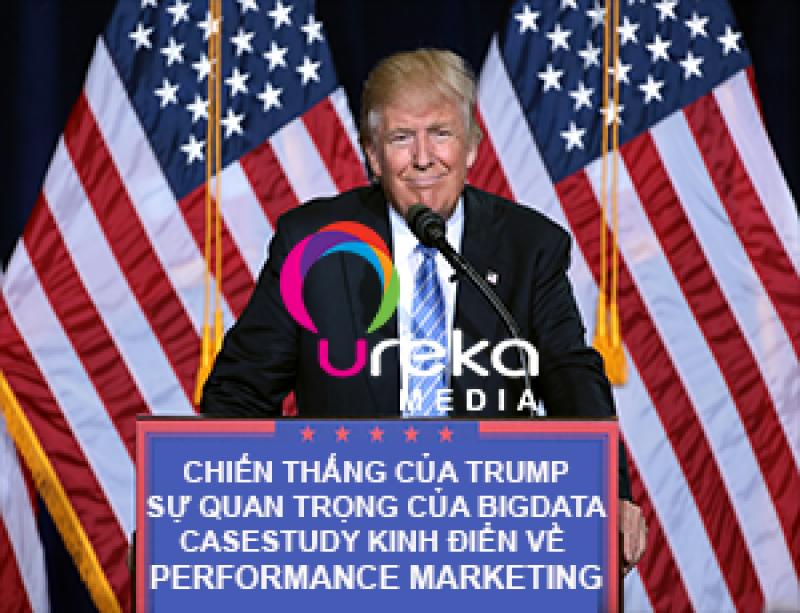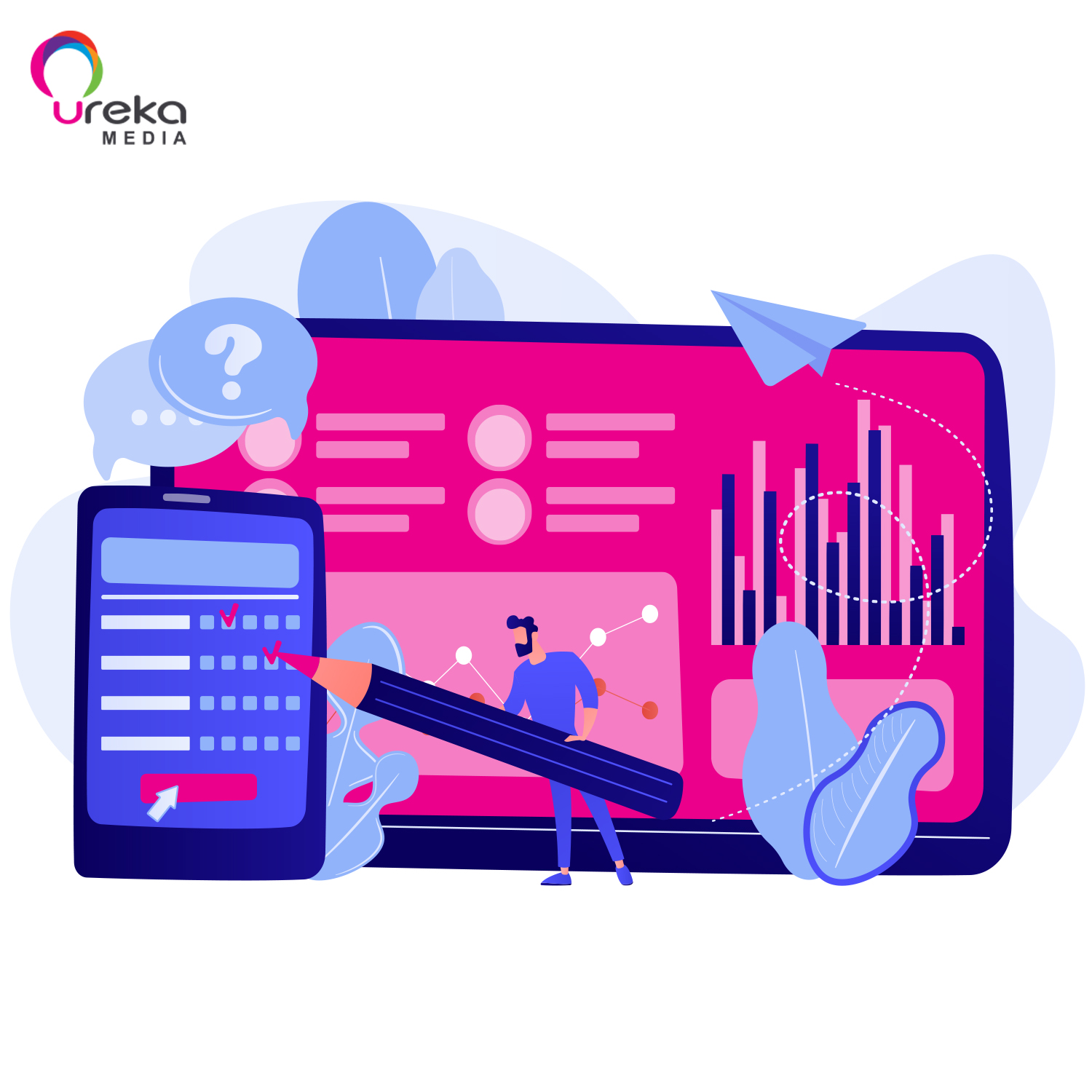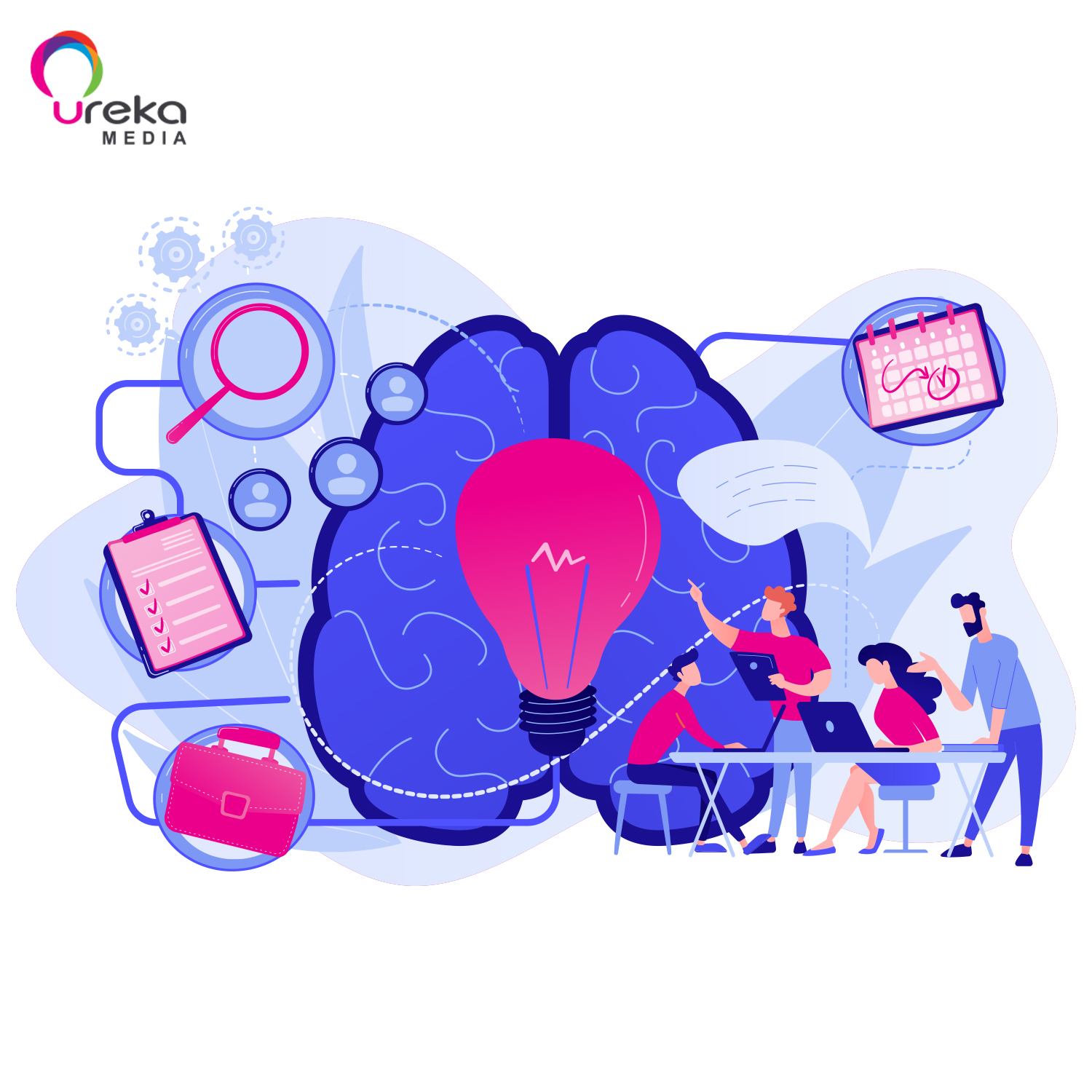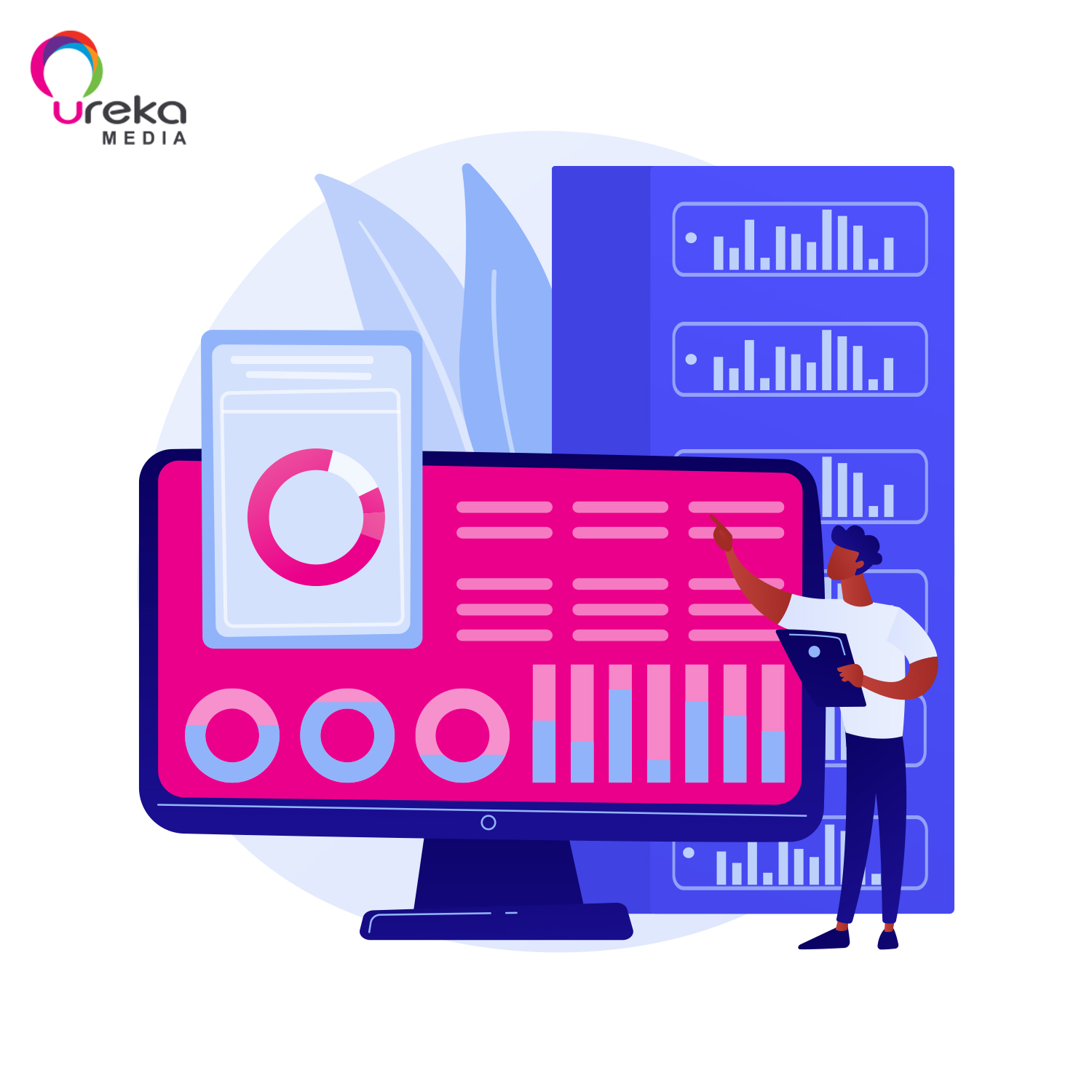


Make people SEE and REMEMBER the brand



Get people to UNDERSTAND and
WANT the brand



Change people's BEHAVIOR and
get them to CONVERT



Take care of people to CONVERT OFTEN and
ADVOCATE the brand
U News
[PERFORMANCE BASED ADS]APPLICATIONS OF ARTIFICIAL INTELLIGENCE IN MARKETING DATA ANALYSIS
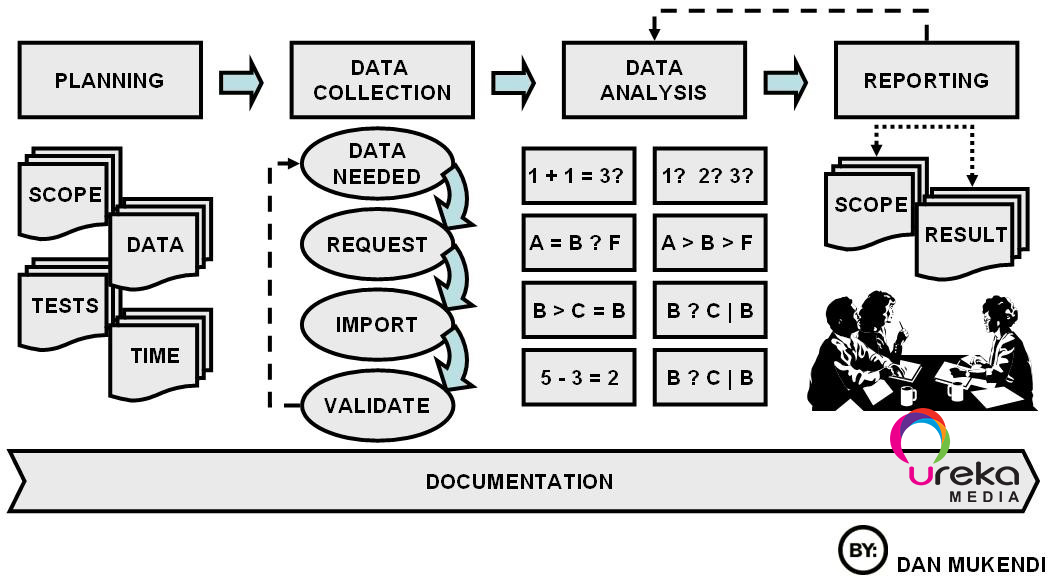
This is one post in a series on Artificial Intelligence’s implications on marketing, analytics, and you. We will cover a definition of AI, what it means for marketers, marketing applications, and how to implement AI technology in your company.
AI for Data Collection and Cleansing
Tracking customer behavior throughout the purchase process is easier than ever.
The marketing world has become almost entirely trackable and measurable in the past decade. We have reached the point where every online, and many offline, activities leave a digital footprint.
While having all that data is extremely valuable, you need it to be together.
In most cases data comes from a variety of sources and formats and resides in silos. Marketers need all the data in one place to connect the dots and make sense of the customer journey.
Making that happen today usually entails compiling data from multiple sources in spreadsheets. Data must be cleansed, standardized, organized, and updated regularly.
Technically, AI doesn’t actually do the data collecting - that work is handled by APIs.
But it does do the important part of cleansing, consolidating, and, most importantly, analyzing (more on that later).
With APIs, machines constantly collect all your marketing data into one place, eliminating silos, and machine learning cleanses it and keeps it current for quick analysis.
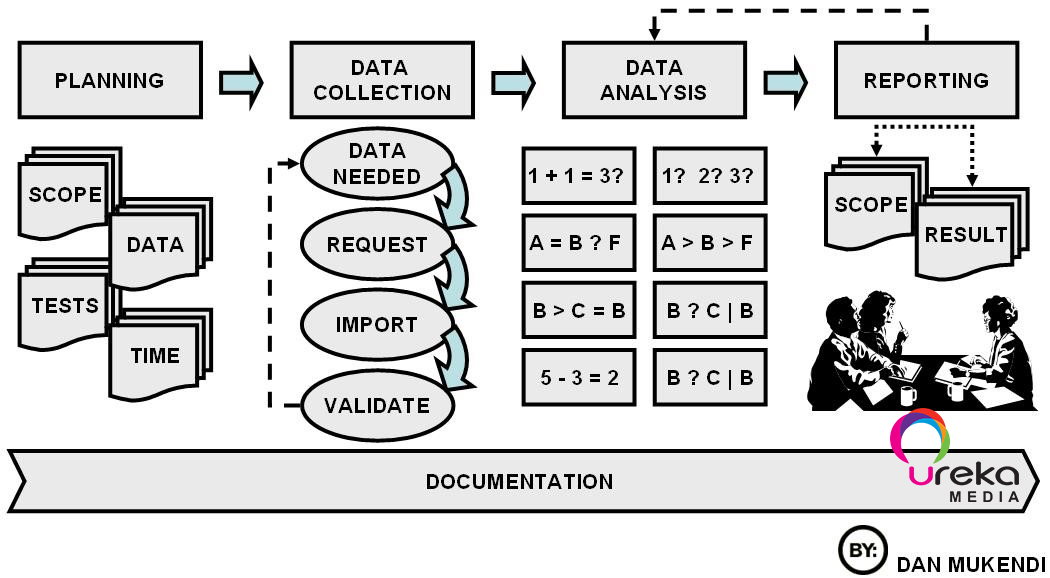
Source: Dan Mukendi
- He wanted to measure how much saliva dogs produce.
- He started ringing a bell when he fed the dog.
- Eventually, the dog began to salivate when he heard the bell because it was associated with food.
- The output grows better and more accurate with the constant flow of new information.
Having big data is not useful unless you can make sense of it.
While APIs neatly pull data together while you sleep, artificial intelligence extracts actionable insights to help marketers make better decisions.
Rather than days, if not weeks, of human analysis, you instantly have intelligent insights, updated in real-time.
Additionally, “[artificial intelligence] is able to [highlights]process data independently without human biases, manual errors, or hidden agendas.[/highlights] AI is also infinite when it comes to processing data, which means analytics can be scaled up on demand” as Vivienne Tay points out in Is AI Killing the job of the data analyst?
AI systems use machine learning to comb data for patterns between marketing KPIs and inputs.
The way machine learning works is by first identifying a goal, then teaching the computer to model conversions by giving it examples of that goal, and letting it continue to improve the model with new data, until it can predict a conversion before it happens.
Of course, marketing objectives are a little more complicated.
Fortunately, AI systems can uncover minute patterns in data that would take a person several months, at least, to find.
If you want to know what content drives the most engagement on Instagram, you start by connecting your Instagram feed to the system. It will analyze historical post data, breaking down the post into multiple elements and identifying which elements were present in the most engaging posts.
As new posts are added, the system continues to process new information until it can tell you what subjects, colors, keywords, publish times, and more will drive the most engagement.
The smartest models look beyond just your data, at what is working for your competitors and the industry overall.
Artificial intelligence can tell exactly how your campaigns are performing at any time, and what is causing any increase or decrease in performance.
You can [highlights]think of it like a metrics dashboard, with numbers updating in real time.[/highlights] Only, instead of only showing ad engagement going up, you’ll see why and with which audience.
Based on these real-time insights, you can adapt campaigns to improve results.
You may have seen several industry articles about using AI and "bots" to save time writing data summaries, including How the Associated Press and the Orlando Magic Write Thousands of Content Pieces in Seconds.
Many companies, including the AP, Magic, Deloitte and more, use artificial intelligence to turn data into written articles and produce more content while saving time. It can produce drafts of marketing reports, financial summaries, and sports recaps.
AI is quickly becoming the fastest way to translate data into clear summaries.
Source: Erin O'Bannon from meetcortex.com
Recent Post
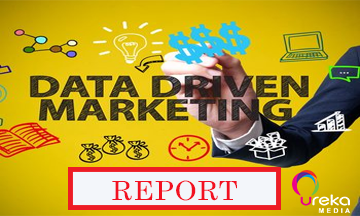
![[ALL ABOUT PROGRAMMATIC] PART 8: SPECIFIC INGREDIENTS – RTB (REAL-TIME BIDDING)](https://urekamedia.com.my/uploads/data/uploaded/images/photo_news/800x800/news_20160812015803/programmatic-urekamedia-mediaeyes-dsp-part8-rtb-thumbnail2.png)
